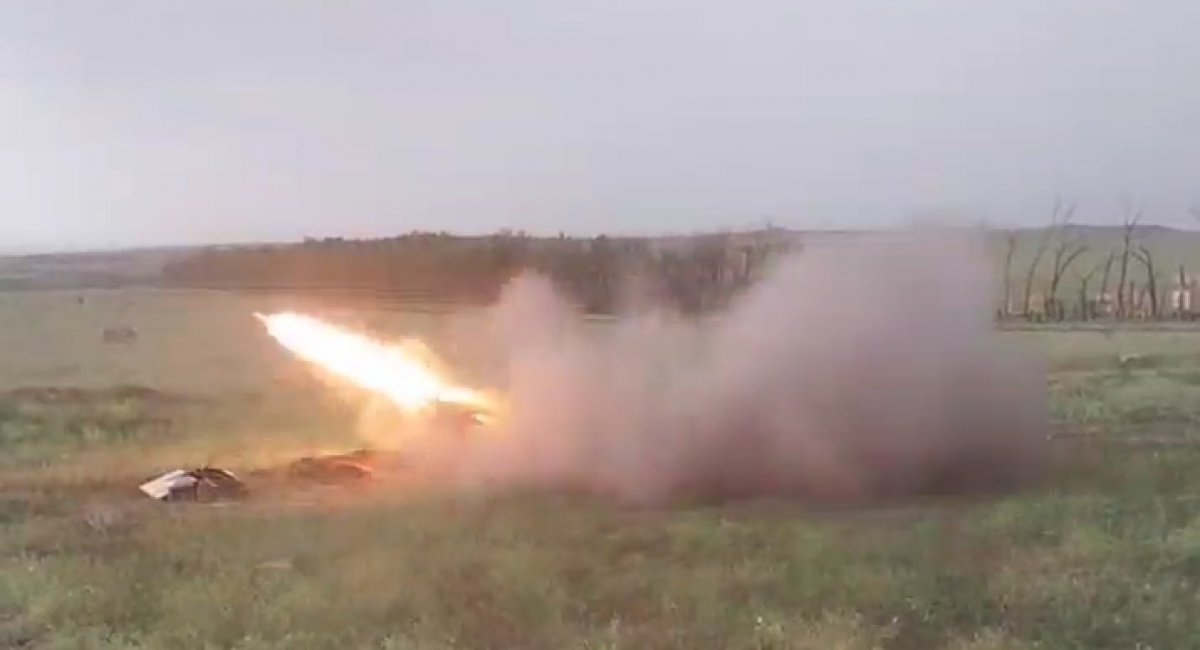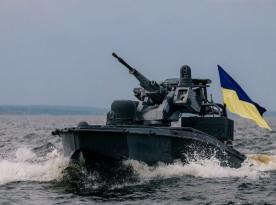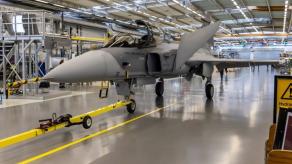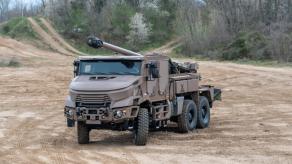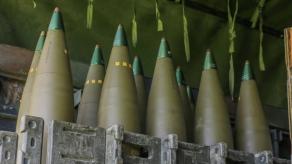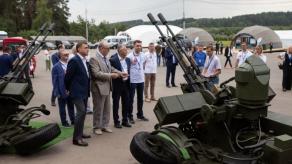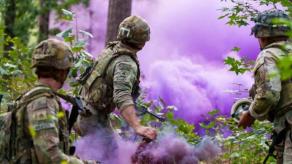This year, on April 22, the 51st arsenal of the Main Missile and Artillery Directorate of the russian Ministry of Defense was hit. Following the strike, local residents started discovering fragments of mysterious rockets near the arsenal. At the time, they were identified as Chinese 107 mm Type-63 MLRSs, but it later turned out that they were actually North Korean Type-75s — although the initial assumption wasn't far from the truth.
Since then, no photos or videos of these MLRSs at the front or on training grounds had appeared until recently. This suggests that the majority of the delivered rockets for these MLRS were destroyed at the 51st arsenal.
Read more: Tu-160M Repairs Take 18 Months and 10 Companies, and It's Even Before Ukraine's Operation Spiderweb
Recently, photos and videos of Type-75s at training ranges have started to appear. Apparently, the crews have just received these systems and started their training. This may indicate that a new batch of Type-75s has arrived in russia.
Along with the Type-75s, photos of their rockets appeared. In particular, we can see high-explosive fragmentation rockets labeled MLRS-107-OF and missiles of an unknown type labeled MLRS-107-E. Available photos show that the two shells use different types of fuzes, which may indicate differences in their design and function.
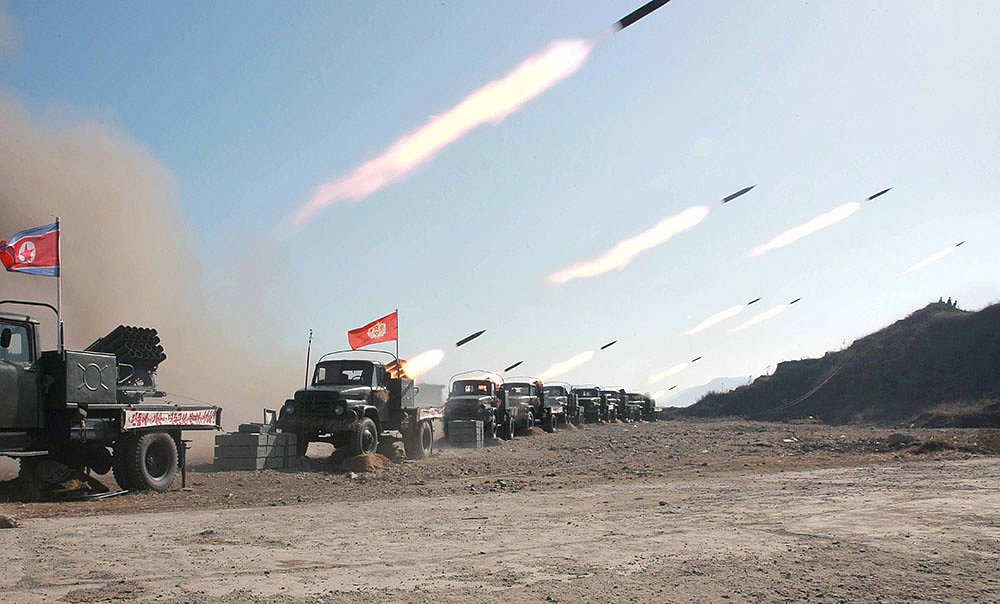
They also differ in shape. The high-explosive rocket has a more pointed profile, while the unidentified one appears blunter. In general, these could be high-explosive fragmentation, incendiary, or training rockets. However, a more likely explanation is that they are cluster munitions, which would explain the inclusion of submunition descriptions and specifications in the system's manual.
One rocket can contain 15 36-mm submunitions, each weighing 284 g, including 43 g of explosive. The self-destruct mechanism activates 15 seconds after impact if detonation does not occur. Armor penetration is likely around 40 mm. In addition, the manual for the rocket fuzes used with this MLRS includes a fuze with a timer mechanism, indicating an airburst detonation — precisely the kind needed to deploy a cluster munition mid-air.
If cluster munitions are indeed used by the russian federation, then the Type-75 poses a significantly greater threat than conventional high-explosive rockets. There have been no previous reports of cluster munitions for this MLRS or its copies from other countries, so this is likely the first mention of this type of rocket for these systems.
Earlier Defense Express reported that North Korea would make Shahed drones for russia and send more soldiers.
Read more: russia Turns Temporarily Occupied Kerch Airport into Shahed Drone Base




